When I was 21 I travelled to the New Heaven Dive School, in Koh Tao Thailand, to complete my PADI Divemaster course. At 24, I’ve had the privilege to return to my old island home, and dive the reefs that changed my life for the better all those years ago.
I started my divemaster at this school with very little idea about reefs and the beauty that lies within them. Having only completed my previous dive courses in the much colder Australian waters near my home in Newcastle, I was in awe from the moment I entered those crystal clear waters around Koh Tao, and I’ve remained in awe ever since. Returning to this school was like seeing an old friend again. Time had changed us both, but deep down everything was still the same. New Heaven boasts incredibly beautiful facilities, with a gorgeous dive school on the oceans edge, surrounded by palm trees, and is filled with the most enthusiastic marine scientists you will ever meet.
My return to this school was prompted by my dear friend Spencer Arnold, one of the incredible marine scientists/reef sculptors who works at the school. He had been telling me about some exciting new studies that they had been doing regarding mushroom coral, so I packed my bags and headed over to join the project. I joined the team of students, interns and volunteers on their daily dives, helping with tasks ranging from drupella snail removals, to hitching coral to artificial reef structures.
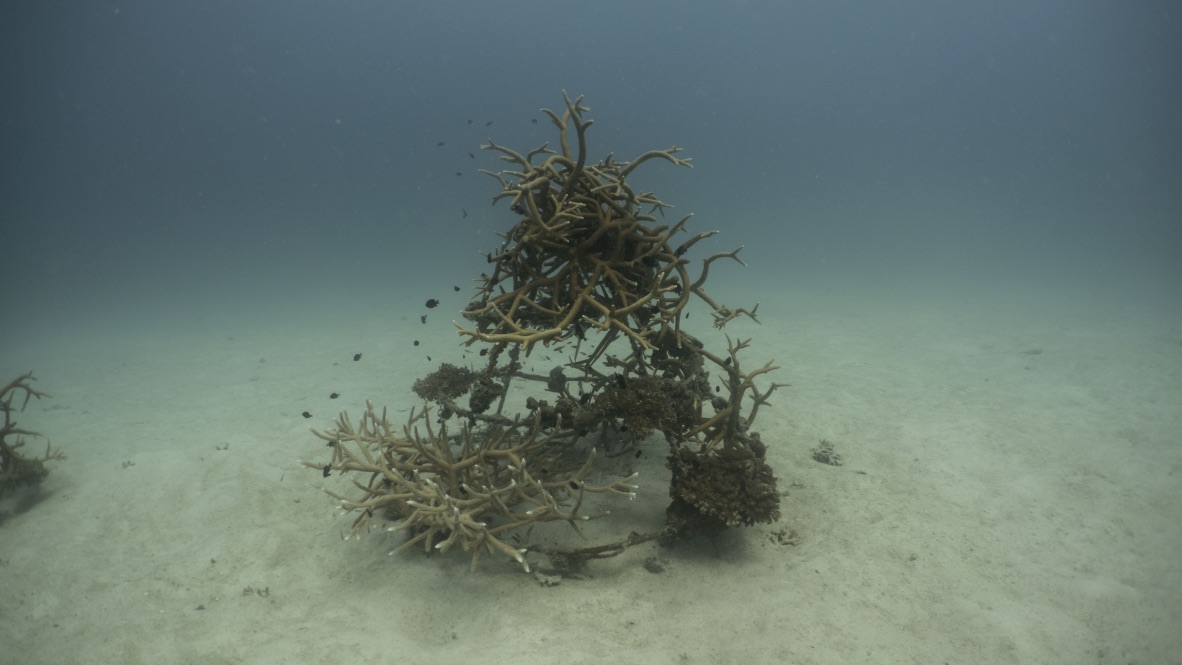
Photo by Melinda Brown
Before we would head out each day for our dives, the group would split into smaller groups, each attending lectures and workshops on different subjects or techniques, ranging from the importance of giant clams in an ecosystem and how to manage a giant clam nursery, to coral taxonomy and why artificial reefs are required in this changing climate. The lectures were always captivating. Spencer, Rahul and Kirsty have done these lectures a thousand times, but you can still feel their enthusiasm and passion, and their talks are full of humour and science jokes that are completely invaluable when it comes to inspiring others to care about these ecosystems.
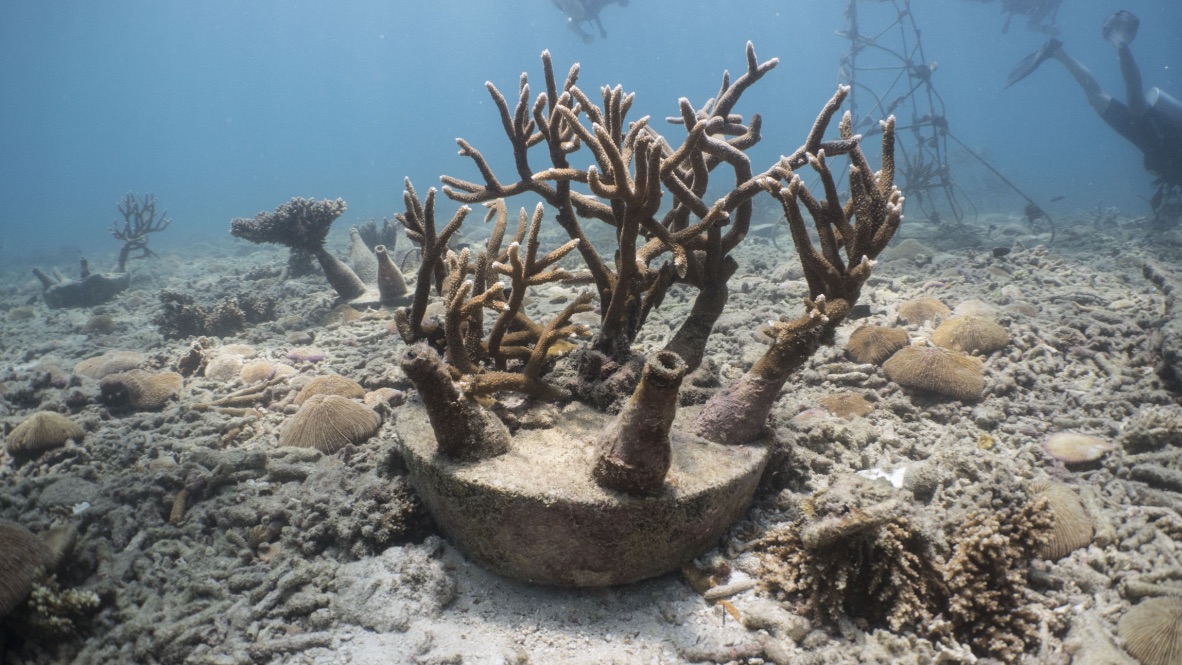
Photo by Melinda Brown
Some examples of this humour included Spencer discussing coral taxonomy. I’m 90% sure Spencer spoke Latin before he spoke English. The scientific names of the coral flowed as he read them (something I struggle with), and as he arrived at the genus Diploastrea he excitedly exclaimed ‘And there’s only one species in the genus Diploastrea, and that’s heliopora, so you can impress ALL your friends by knowing it’s entire scientific name!!’, which was quite hilarious because we all know it’s only a small group of coral nerds that would be impressed by that (I’m included in this group)..
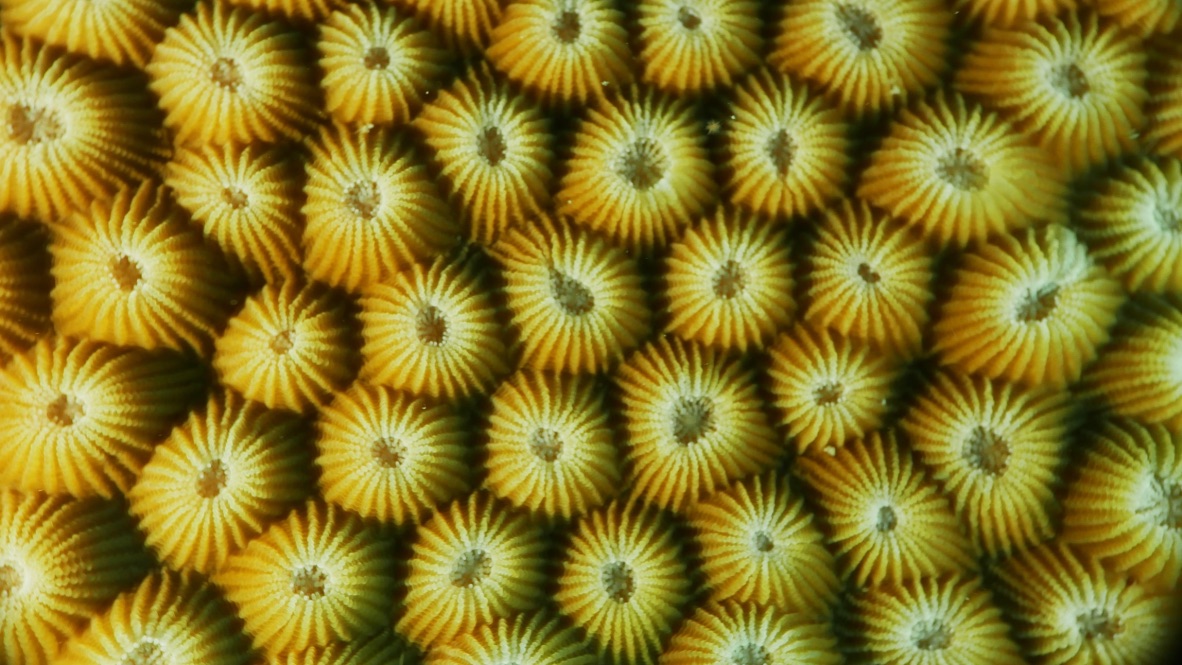
Photo by Melinda Brown
Other examples of the endless marine science humour included Rahul’s talk that discussed Cerianthus, the ‘tube anemone’. Rahul seemed quite annoyed by this name, and as he quickly pointed out, it’s not actually an anemone, and scientists shouldn’t be allowed to name things sometimes.

Photo by Melinda Brown
The jokes and laughter continued underwater when Spencer asked me to hitch a coral to a frame. Having a background in fashion design and having grown up sewing a lot of my own clothes, I felt quite confident in tying this coral to a frame; how hard could it be? It’s just like stitching a hem right? Wrong. Things soon got difficult as I realised that it wasn’t as easy as Spencer made it look, and I quickly got tangled in the string while Spencer laughed at me through his regs.

Photo by Spencer Arnold
The school creates all of its artificial reefs, whether it’s a simple bottle nursey or A frame structure, or something more intricate and emotive, like the sunken faces and hands that reach from different structures as if they’re reaching out for help, or offering a friendly hand as you pass by. Coral can’t always be hitched to these structures, so the team uses resin to attach the coral. This technique was much easier, and I managed to attach some coral fragments without any trouble.

Photo by Melinda Brown
Throughout my week we also conducted a crown of thorns and drupella snail removal. We headed out to the dive site, rice bags and tongs in hand, and began searching for the destructive starfish and snails. Having had the ‘coral predators’ lecture earlier, it was obvious where we would find the crown of thorns, as they leave a path of destruction behind them. We removed over 30 from the reef, and hundreds of drupella snails. The school monitors the reefs, and tries to keep outbreaks from occurring or spreading. I can’t help but wonder what state the reefs would be in if the school didn’t look after these sites so well.
Towards the end of the week, I finally got to see the mushroom coral studies conducted. In 2014, a mushroom coral, or Pleuractis paumotensis to be exact, was observed with a sacoglossan (sea slug) half engulfed in its mouth (read about it here). As this was a novel observation, Rahul decided to test it some more, and see if the corals were actually feeding on these poor little slugs. To do this, he had to offer the sacoglossans up to the coral gods, placing different sized slugs on the coral to see what would happen. The coral, sensing that something was on it, extended its tentacles, and dragged the slug towards its mouth, devouring it (or rejecting it) within half an hour. To me this study is exciting because it’s such an obvious example of coral being so much more than a ‘colourful sea rock’. Corals can be active predators, and live such incredibly intricate lives, scientists have barely scratched the surface with these amazing organisms.
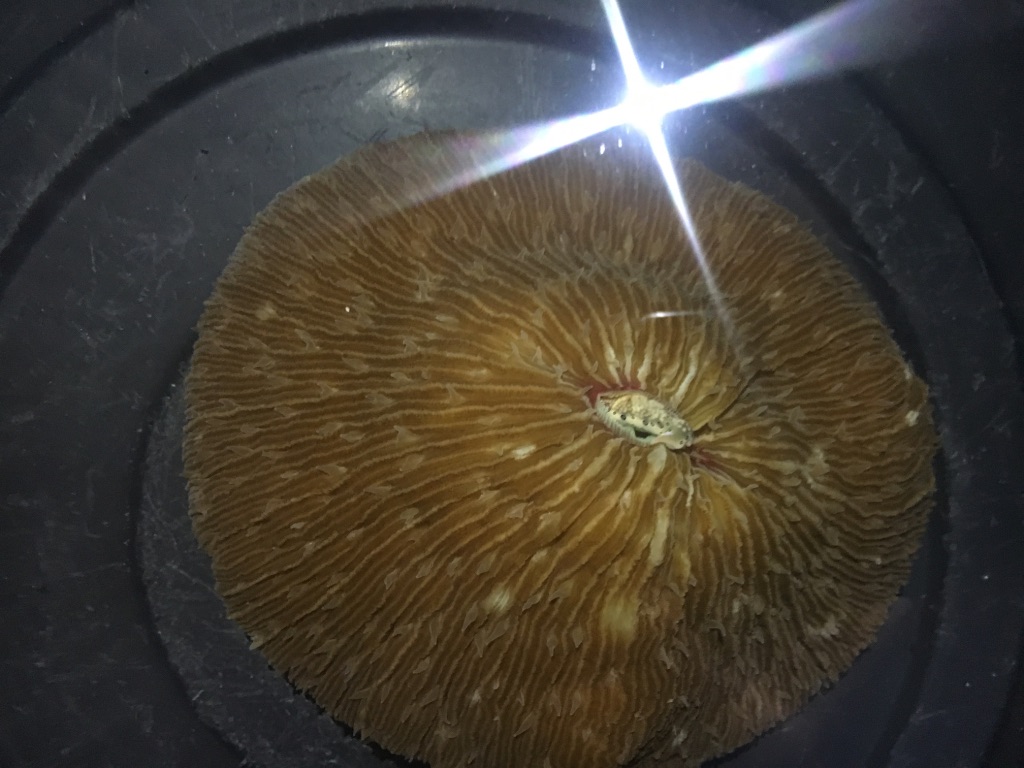
Photo by Melinda Brown
My time back at the New Heaven Reef Conservation Program was a welcome reminder of why I want to pursue marine science. Being around such an enthusiastic team in such a beautiful location made me realise that this is the world I want to work in, and hopefully make a difference in. I can’t thank everyone at that school for being such inspirations in my life, and I know they will continue to educate and inspire everyone that comes through their facility while they create a new heaven for all the creatures on their home reef.
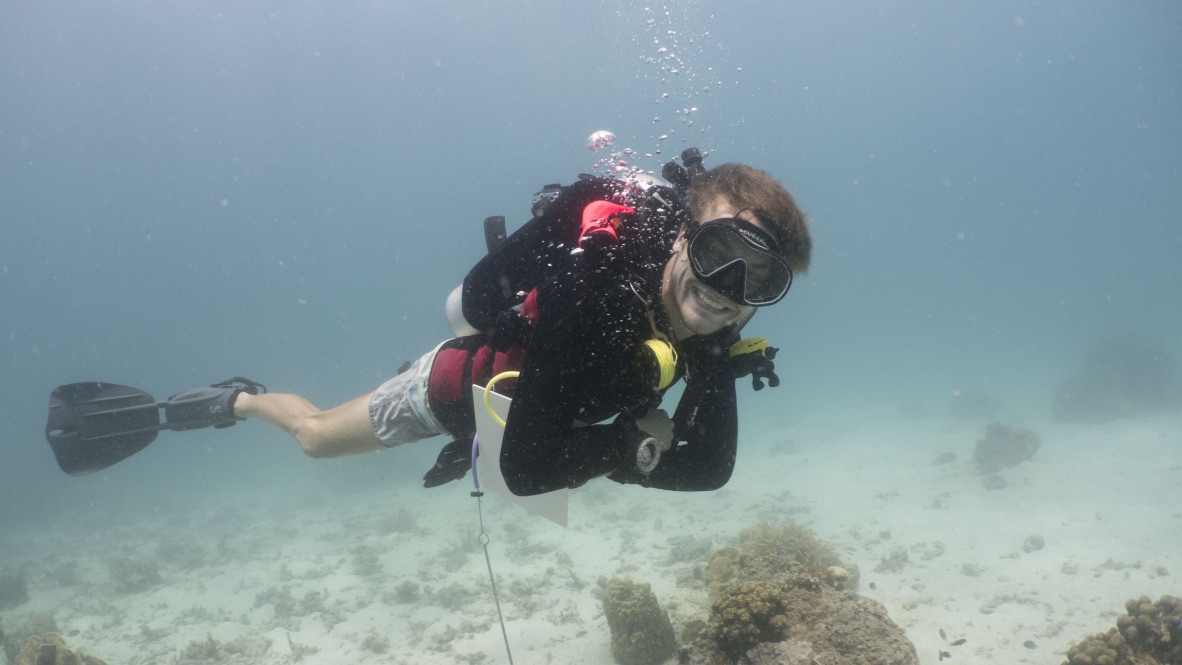
Photo by Melinda Brown